It was an early morning in the southern horizon of the Pacific region. The Ocean was calm; the waves seemed tame in the early hours, as the tide hadn’t come in yet. In the distance, as far as eyes could see the water was on the verge of turning turquoise blue, changing its colour with the position of the sun, as always. And I listened to the whistling wind teasing the waves into momentary wild spurts- endlessly crashing into the hull of the sailing boats and fishing dinghies faded on the shorelines. There was calm in the air tainted with a restlessness.
I felt the same restlessness in my heart. The anticipation of what I might witness in the coming moments. I was headed to North Tarawa. I remembered the first time I set foot on this Island – about two hours travel by boat from South Tarawa, plus-minus, subject to the tide and the mercy of the free-spirited waters. That was a different time- only a few months ago I would say. That was the beginning of the story…
North Tarawa had roughly a population of 5,000 people (as of 2014). It was selected by the “Kiriwatsan I” project as the model island due to its close proximity to South Tarawa, the capital of the country of Kiribati (Ki ri baas) that consists of 33 islands scattered across 5 million square km of the Pacific Ocean, with an estimated population of 110,000 living in 20 low-lying coral atolls and islands (2009 statistics). The islands are clustered into three groups: the Gilbert (with 90% of the population), Line and Phoenix. Most islands are usually not more than 2 km wide and less than 6 meters above sea level. The capital is South Tarawa where about 44% of the total population resides (density is over 2500 people/sq.km). About 38% of the total population is under 15 years. In total 47% of the population is under the age of 18 years. The growth rate is about 2% (2014).
South Tarawa houses most Ministries (except for the Line and the Phoenix Islands), the Field Office of UNICEF and other UN agencies, the Diplomatic missions and major non-profit organizations. The “Kiriwatsan I” – Water and Sanitation in the Outer Island of the Republic of Kiribati had the mandate to at least engage in 70 villages in 16 outer islands of the Gilbert Group to improve the quality of their lives. The implementing partners were the key Ministries that included Public works and Utilities, Health, Education, Internal Affairs, as well as the office of the President, Mayors, Island Councils, Council of Churches, village leaders, community organizations and the villagers. The training team was formulated by field workers from these Ministries and islanders from various walks of life. The development cooperation partners and other UN agencies played the roles of catalysts as the main driving force came from the islanders themselves propelled by their zeal to make a difference in their lives. European Union (EU) sponsored the project and UNICEF-Kiribati provided technical assistance. The project life was from 2 June 2011 to 6th April 2014 but extended up to 6 April 2016.
The initial overall condition of the 13 villages in North Tarawa (the selected model island) indicated that approximately 64% of the population was practising open defecation. In 2013, with the full endorsement of the islanders and their “Unimanee” or the elders/leaders, these villages adopted the Community Led Total Sanitation (CLTS) approach that was introduced through the trained implementing teams of the “Kiriwatsan I Project.” They began working with communities, Government and other partners to make the island open defecation free (ODF).
The island loomed ahead, the emerald green of the coconut and hibiscus plants sparkled against the waters in the background. We stepped on to the bright sands. The boat was anchored on the bubbling waves. The village elders and volunteers were waiting to greet us with garlands and smiles, laced with pride. Coconut water was flowing like a gurgling fountain, sweet and cold to beat the heat of the dawn just arisen a few hours ago.
We came to witness a great event that happened with efforts from the islanders- children, women and men. After only less than three months of engaging the communities, the villages achieved the ODF environment. We came with a huge team to celebrate. With flowers, music, food, dancing and prayers we celebrated for the entire day with the Islanders. High-level Government officials, the diplomatic missions, UNICEF, the “Unemanee” and the communities on 13th May 2013 officially declared the Island of North Tarawa as open defecation free!
Improved hygiene behaviour of the communities was confirmed through stringent monitoring that projected reports of fewer incidences of diarrhoea in local clinics as compared to the previous months. The use of low-cost, culturally accepted indigenous sanitary toilets built by the communities made this outcome possible. The beach once polluted with faeces and flies was clean. We were informed that the village elders had also imposed a system of $5 as fine for violators, which were accepted by all inhabitants. The community of 1002 households was vigilant to protect their well-being and put Kiribati on the world map of proudly becoming the first country in the entire South Pacific region that could boast of one of its islands (North Tarawa) as open defecation free.
It was a different North Tarawa. A few months ago, when I had visited this island for the first time I was burdened by some unsightly spectacles- defecation spewed on the sand sporadically and floated in the water near the beach. Swarms of flies gleefully declared the presence of human waste. The village volunteers and health workers who accompanied me on that field mission were thoroughly embarrassed and tried to divert my attention to other things. Later in our meeting with villagers, one thing came out strongly as we dialogued- the need to contain faeces to avoid diarrhoea, other faecal-borne diseases and for aesthetic reasons. Girls told us their stories of shame and misery of defecating out in the open beach. There were no bushes or shelter that could offer any modesty. The indignity in responding to a basic need was too heavy a price to pay daily. That’s when they decided they have to be in command to change the existing situation.
| Climate change is a reality imposing a high level of threat to Kiribati- the tiny remote island country on the south pacific. The rising sea levels are constantly infringing on human lives and challenging their very survival. Groundwater level is shallow and highly contaminated due to human actions. The main source of drinking water is by rainwater harvesting. The wells are also heavily contaminated and people resort to its use for other domestic purposes and when there is no option. Drought is constant as well as tidal waves that flood inland territories.
Contaminated water is a threat to health and well being of the Islanders. According to the Ministry of Health and Medical Services, under-five child mortality is about 60 per 1000 live births out of which around 15% of children die due to diarrhoeal diseases (2014). Open defecation is an age-old practice and a problem for the island population which they challenged through CLTS. Furthermore, following results of the CLTS training, a total of 90 villages (47 target villages of the “Kiriwatsan I” project) in 11 outer islands declared themselves open-defecation free with the involvement of a total of 30,054 people representing 84% of the target population and 29% of the total population of Kiribati. In addition to North Tarawa, Abaiang, Aranuka, Maiana, Marakei, Tabiteuea North and Tabiteuea South, Kuria, Tamana, Onotoa, Butaritari and Makin eventually became open defecation free (UNICEF-Kiribati quarterly report, Jan-March, 2016). The Training of Trainers (TOT) on CLTS approach in Kiribati was conducted by Dr Kamal Kar in February 2013. CLTS is a revolutionary methodology that empowers villagers to take actions to improve their sanitation conditions and adopt sustained hygiene behaviours. Globally, around 2.5 billion people do not use improved sanitation facilities, mostly in the poorest households and rural areas of which, 90% are still practising open defecation, the riskiest sanitation practice. The people of North Tarawa and the open defecation free Islands can now look forward to a significant reduction in diarrheal diseases and lower infant and under-five mortality rates as a result of Community Led Total Sanitation (CLTS) initiatives supported by the “Kiriwatsan I Project.” The Islanders finally have created magic on the sapphire landscape!! |

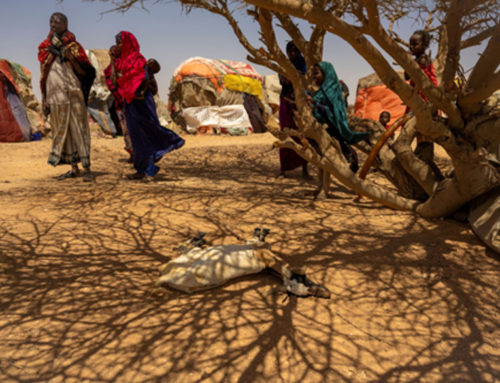
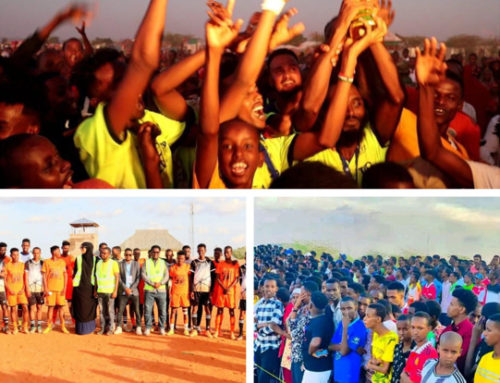
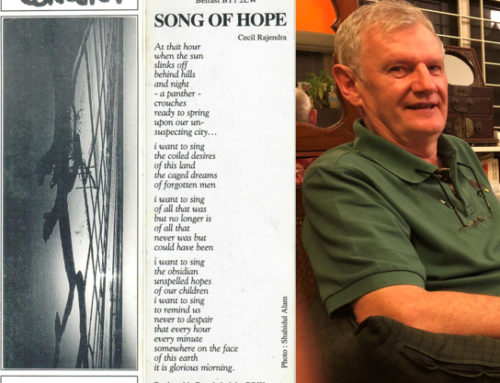
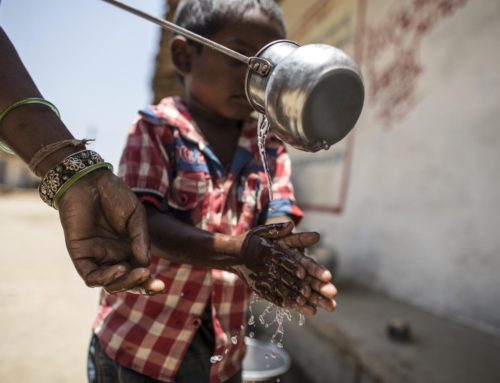
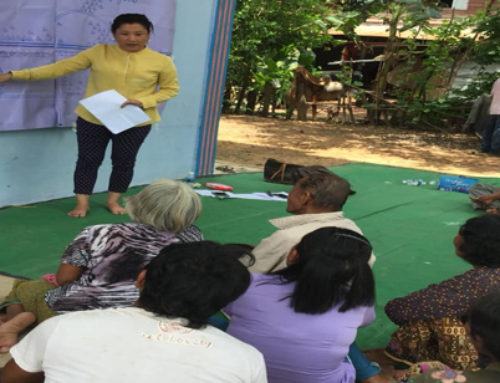
Leave A Comment